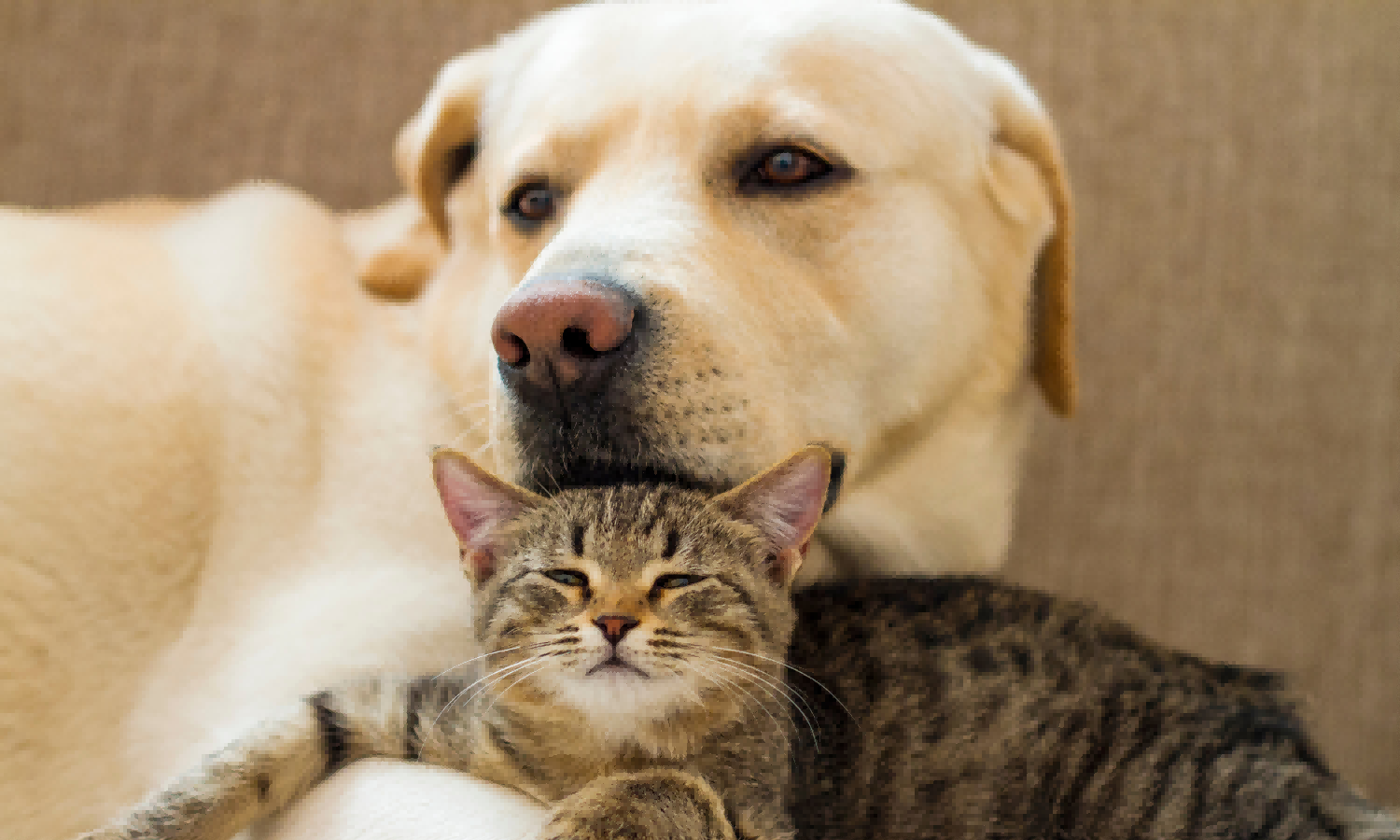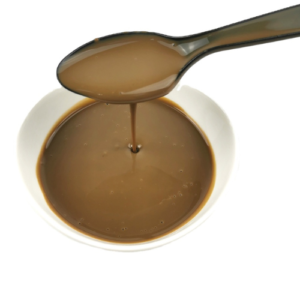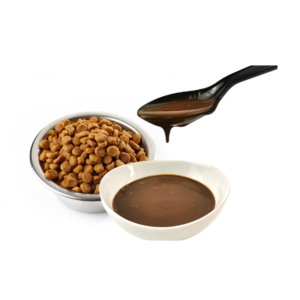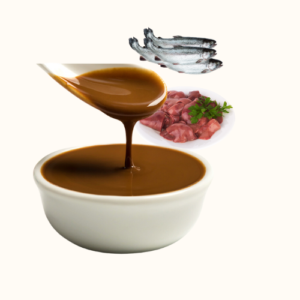1. Introduction
The pet food industry has seen significant growth over the past few decades, driven by the increasing number of pet owners and the rising awareness of pet health and nutrition. As pet owners become more discerning about what they feed their furry companions, the demand for high-quality, nutritious, and palatable pet food has surged. One of the key factors influencing the success of pet food products is palatability, which ensures that pets not only receive the necessary nutrients but also enjoy their meals. This is where pet food palatants come into play, playing a crucial role in enhancing the taste and aroma of pet food, thereby making it more appealing to pets.

2. What Are Pet Food Palatants?
Pet food palatants are substances added to pet food formulations to improve their taste, smell, and overall appeal to pets. These additives are designed to enhance the sensory experience of pets, encouraging them to consume the food readily. Palatants can be natural or artificial, each with specific applications and benefits.
- Natural Palatants: These include ingredients like meat, fish, and liver extracts, which are inherently appealing to pets due to their strong flavors and aromas. Natural palatants are often preferred by pet owners who seek more wholesome and less processed options for their pets.
- Artificial Palatants: These are chemically synthesized compounds that mimic the taste and smell of natural ingredients. They are used to achieve consistent flavor profiles and can be more cost-effective in large-scale production.

Palatants are used at various stages of pet food manufacturing, from dry kibble to wet and semi-moist foods, ensuring that the final product meets the taste preferences of different pets.
3. The Science Behind Pet Food Palatants
The effectiveness of pet food palatants lies in their ability to enhance the sensory properties of pet food. Pets, like humans, rely heavily on their senses of taste and smell to determine the palatability of food. Here’s a closer look at how palatants work:
- Taste Enhancement: Palatants can enhance the basic taste qualities of pet food, such as sweetness, saltiness, bitterness, and umami. They can also add more complex flavors that are particularly appealing to pets.
- Aroma Enhancement: The sense of smell is critical for pets, especially for dogs, who have an exceptionally keen sense of smell. Palatants can significantly improve the aroma of pet food, making it more enticing even before the first bite.
- Sensory Research: The development of pet food palatants involves extensive research into the sensory preferences of pets. This includes studying the taste receptors of different animals and conducting feeding trials to determine the most appealing flavors and aromas.

4. Importance of Palatability in Pet Food
Palatability is a critical factor in the success of pet food products for several reasons:
- Pet Health and Nutrition: Highly palatable food ensures that pets consume adequate amounts of nutrients necessary for their health. This is especially important for picky eaters and pets with specific dietary needs.
- Pet Owner Satisfaction: Pet owners are more likely to repurchase brands that their pets enjoy eating. High palatability leads to increased customer loyalty and positive reviews, which are essential for brand success.
- Market Demand: The pet food market is highly competitive, and palatability can be a key differentiator. Brands that can consistently deliver highly palatable products are more likely to succeed in the marketplace.

5. Types of Pet Food Palatability Enhancers
There are various types of palatability enhancers used in pet food, each with unique properties and benefits:
- Natural Palatability Enhancers: These include ingredients like meat and fish extracts, liver, and other animal by-products. They are rich in flavors that pets find irresistible and are often marketed as premium or gourmet options.
- Artificial Flavoring Agents: These are chemically synthesized compounds designed to mimic the flavors of natural ingredients. They offer consistency and cost-effectiveness, making them suitable for large-scale production.
- Nutritional Enhancers: These include ingredients that not only enhance taste but also provide additional nutritional benefits. Examples include certain amino acids, vitamins, and minerals that can improve the overall health profile of the pet food.

6. Challenges in Pet Food Palatant Development
Developing effective pet food palatants comes with its own set of challenges:
- Balancing Palatability and Nutrition: Ensuring that pet food is both tasty and nutritious can be difficult. High levels of flavoring agents might compromise the nutritional value of the food.
- Safety and Regulatory Considerations: Palatants must meet strict safety standards and regulatory requirements to ensure they are safe for pet consumption. This involves rigorous testing and quality control measures.
- Cost and Production Efficiency: Developing palatants that are both effective and cost-efficient is crucial for manufacturers. This requires innovation in ingredient sourcing and processing techniques.

7. Innovations in Pet Food Palatants
The pet food industry is continuously evolving, and so are the technologies and ingredients used in palatants:
- Advances in Ingredient Sourcing and Formulation: New sources of natural ingredients and innovative formulation techniques are being developed to create more appealing and nutritious palatants.
- Sustainable and Eco-friendly Palatants: There is a growing demand for sustainable and eco-friendly pet food options. Manufacturers are exploring ways to use sustainable ingredients and reduce the environmental impact of production processes.
- Future Trends: The future of pet food palatants lies in personalized nutrition and the use of biotechnology to develop tailored palatability enhancers that meet the specific needs of individual pets.

8. Case Studies and Industry Examples
Several pet food brands have successfully leveraged palatants to create highly palatable products:
- Brand A: Known for its use of high-quality meat and fish extracts, Brand A has seen significant market success and customer loyalty due to the superior palatability of its products.
- Brand B: By incorporating innovative artificial flavoring agents, Brand B has managed to create cost-effective yet highly appealing pet food options, making it a popular choice among budget-conscious pet owners.
- Brand C: Focused on sustainability, Brand C uses eco-friendly ingredients and processes to produce palatable and environmentally responsible pet food, catering to the growing market of eco-conscious consumers.

9. Conclusion
Pet food palatants play a crucial role in the pet food industry, ensuring that products are not only nutritious but also enjoyable for pets. As the industry continues to evolve, innovations in palatant technology and ingredient sourcing will drive the development of even more appealing and sustainable pet food options. For manufacturers, understanding the importance of palatability and investing in the right palatants can lead to greater market success and customer satisfaction. As we look to the future, the ongoing advancements in this field promise exciting possibilities for enhancing the pet food experience for both pets and their owners.













